What Are the Differences Between Tatting and Macrame?


Hobbies that allow people to express themselves and create something both useful and beautiful are popular, especially after the COVID-19 pandemic. Sewing, knitting, and crocheting are probably three of the most popular hobbies that allow people to craft something beautiful and useful. Sometimes you even see people taking these creative projects with them in public to work on while waiting for public transit or sitting in a park.
Two similar hobbies that you may not have heard of and probably won’t see in public are tatting and macrame. While both use knots to create their respective art, there are major differences between them that you can learn more about below.
What Is Tatting?
Tatting is a method of intricate knotwork to create lace. There are various kinds of tatting, but the most popular kind is the original, which uses a handheld shuttle to guide thin thread into the necessary knot patterns. Needle tatting is similar to original tatting, except the person uses a needle to guide, loop, and knot the thread instead of a shuttle. Lastly, you may hear about cro-tatting, which uses a crochet hook to guide the tatting pattern. No matter what method you’re interested in, they all create similar types of beautiful, delicate lacework.
What Is Macrame?
At first glance, macrame sounds a lot like tatting. It’s also a method of creating knotwork for textiles. You use your fingers to weave thick yarn or cords into at least one macrame knot. There are various kinds of macrame knots, and some are more difficult than others. The most popular knots for beginners are lark’s head, cow hitch, and square. More experience macrame crafters enjoy adding more difficult knots, such as the cat’s paw, rose, and cross. No matter what knots you learn, as long as there’s one knot in your piece, you’ve created macrame.
Major Differences Between Tatting and Macrame
There are three major differences between tatting and macrame. They use different size threads and various kinds of supplies, and each create a different product. Even though they’re both knotwork, they are extremely different hobbies.
Different Size Threads
As we mentioned above, tatting requires extremely thin threads, while macrame uses thick yarn or chords. While the crafter makes knots with both threads, the different size threads create different size knots. Tatting knots are small and often look like accidentally knotted thread until someone adds enough knots in the right pattern that you can see the potential lace.
Macrame knots are large and immediately noticeable. Just one macrame knot made from yarn or chords is all a project needs to earn the title macrame. While most macrame projects feature multiple knots that look better when weaved into textile, they can stand on their own, just like tatting knots.
Different Supplies
Tatting requires a specific type of thread and some kind of device to guide that thin thread. Since there are various kinds of tatting, you may see different devices, but one of those devices is always required. You cannot make tatting without a device to hold and guide the thread. Whether you use a shuttle, needle, or crochet hook, these devices are all small. If you want to make tatting on the go, you can—although many crafters don’t like to travel with thin thread that tangles easily and such delicate projects.
Macrame uses such large yarn or chords that all you need to make it are your fingers. To make the best knots, most crafters use some kind of frame or at least tie the yarn to a stick to keep it in the right place. Unlike tatting, though, this isn’t required. If you have nimble fingers, yarn, and know how to make at least one kind of knot, you can make macrame. Even though macrame requires fewer supplies, many people find it difficult to do this craft on the go. The large yarn and helpful frame aren’t easy to carry, and you often have to arrange them on a large flat surface such as table, which you may not find while you’re out and about. Many people like to add decorative items such as beading to their macrame works as well—and beads are easy to lose on the go.
Different Products
The different size threads and different supplies create different products, and we use those products differently. The thin thread that requires handling supplies creates a delicate lace that’s mostly decorative. Thicker macrame creations are sometimes decorative, but depending on the patterns, they can also turn into plant holders, clothing items, and even chairs.
The delicate, decorative lace you can make tatting isn’t useless. Beauty has purpose, even if that purpose is for us to look at it. You can create tatting pieces and add them to larger, more utilitarian projects, which is often what people used to do with tatting in the early 1900s. People combined tatting with other projects so that utilitarian products, such as a dress or tablecloth, were beautiful as well as functional. They often tatted the lace separately and then sewed it to their other project during the final stages of that project.
Weavers have used macrame for everything from decoration to function for hundreds of years. While we mostly see it in beautiful wall hangings, especially from the mid-1900s, we can also see it in Arabic rugs and shawls. The thick thread hangs well without accidentally tangling but can also hold up to heavier use and underfoot traffic. It is both beautiful and offers utilitarian function at the same time. While you could add it to other projects like we often do with tatting, the thick yarn makes it difficult to do so. Since it’s pretty and useful on its own, we often let macrame projects stand alone.
Tatting and macrame are both unique hobbies involving knotwork to create a beautiful final product. While those final products are often different sizes, have different uses, and require different supplies to make, their beauty is similar. The hobbies themselves are also similar in that anyone can learn how to do either.
If you’re looking for craft supplies online in Canada so you can learn how to make tatting or macrame, Lindley General Store can help. We provide everything from tatting shuttles to macrame rings, and any supplies in between. We’re happy to help you learn one or both hobbies!


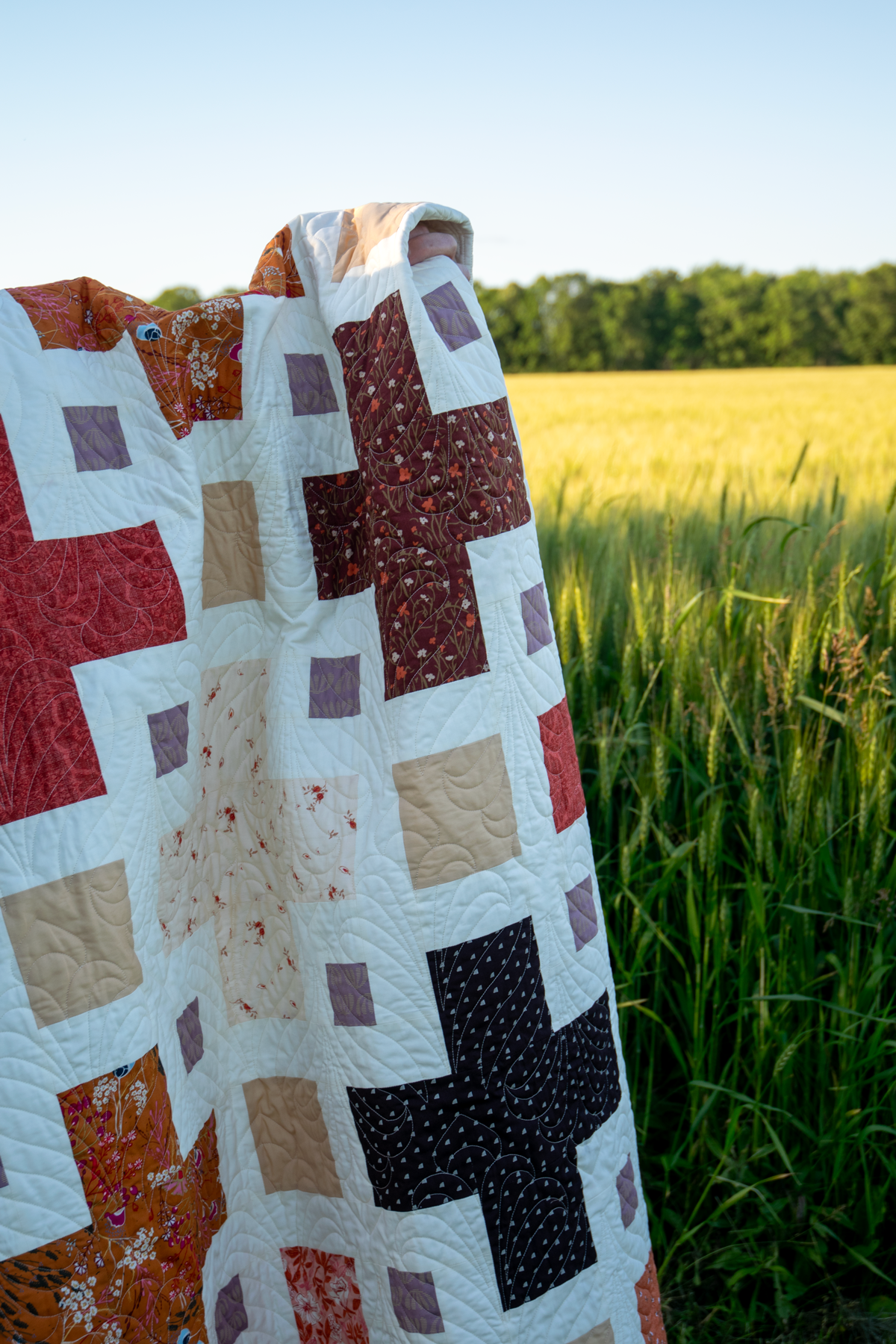



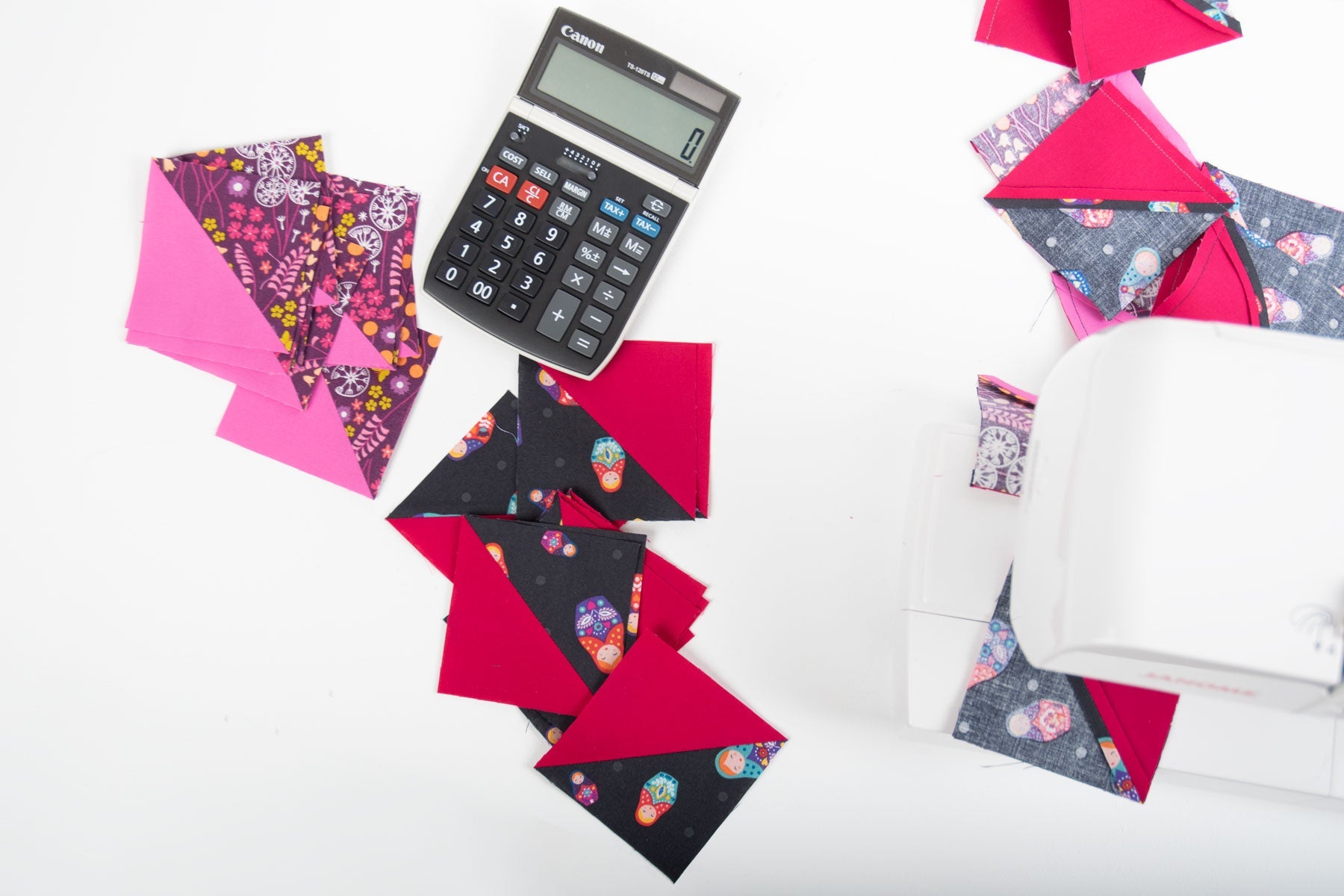
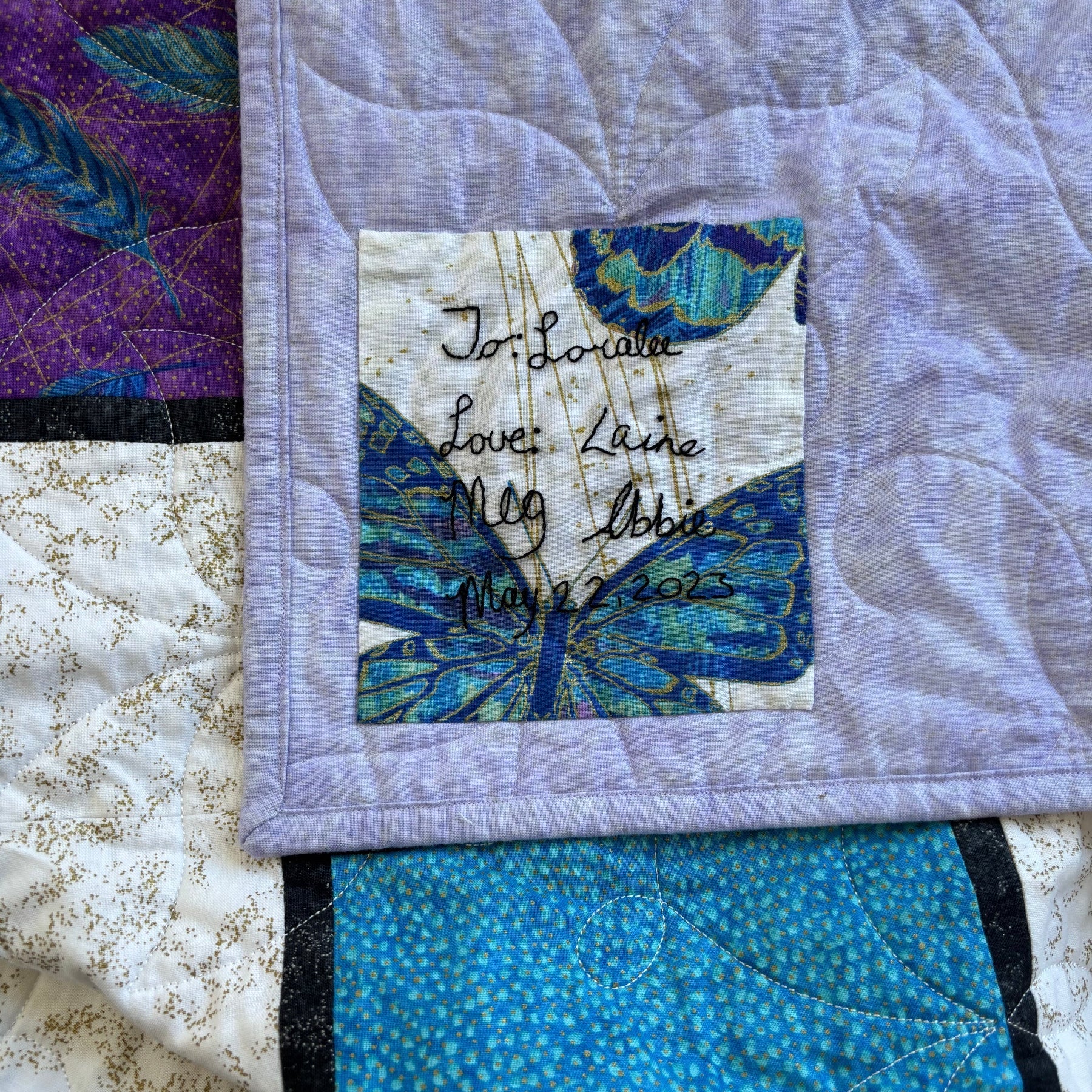

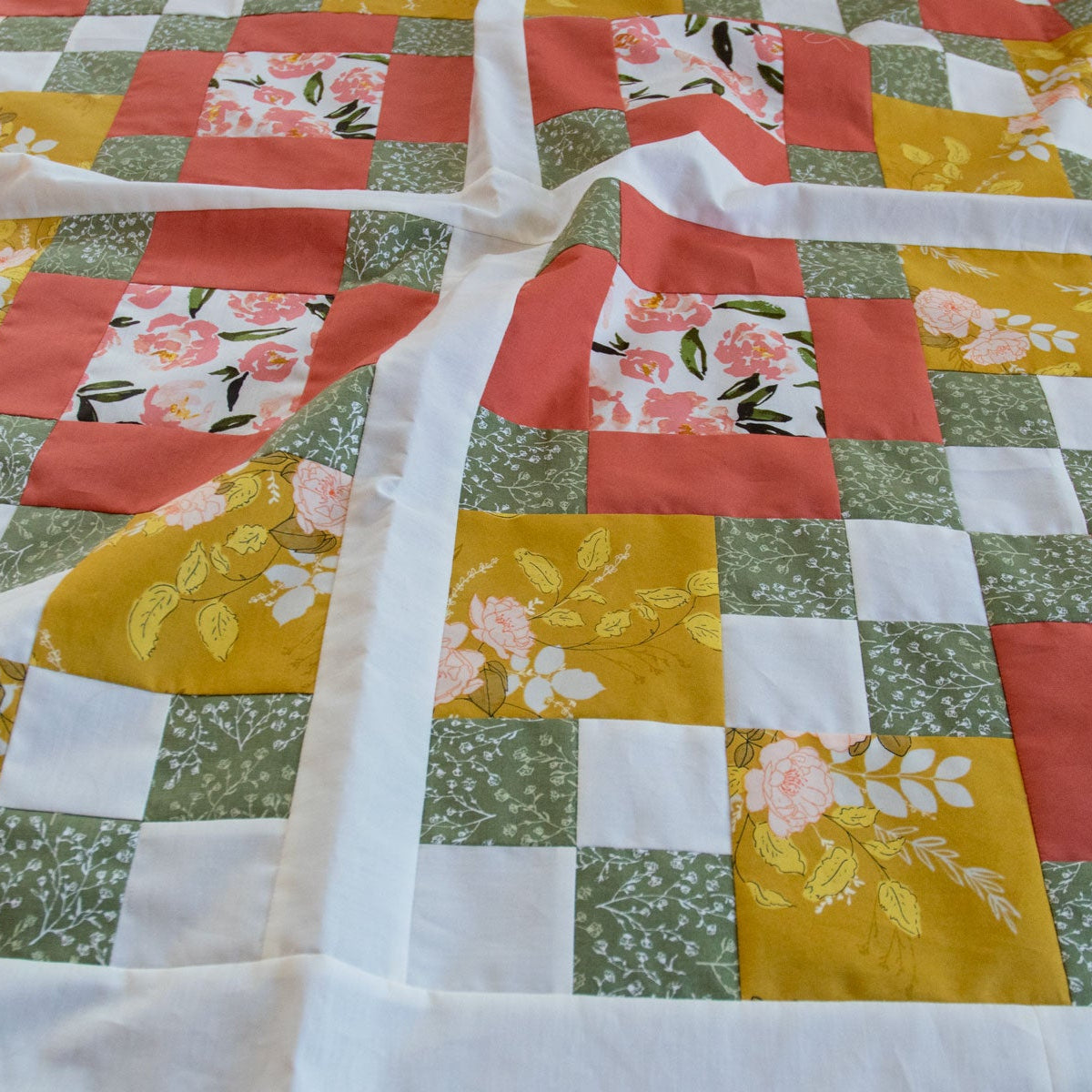
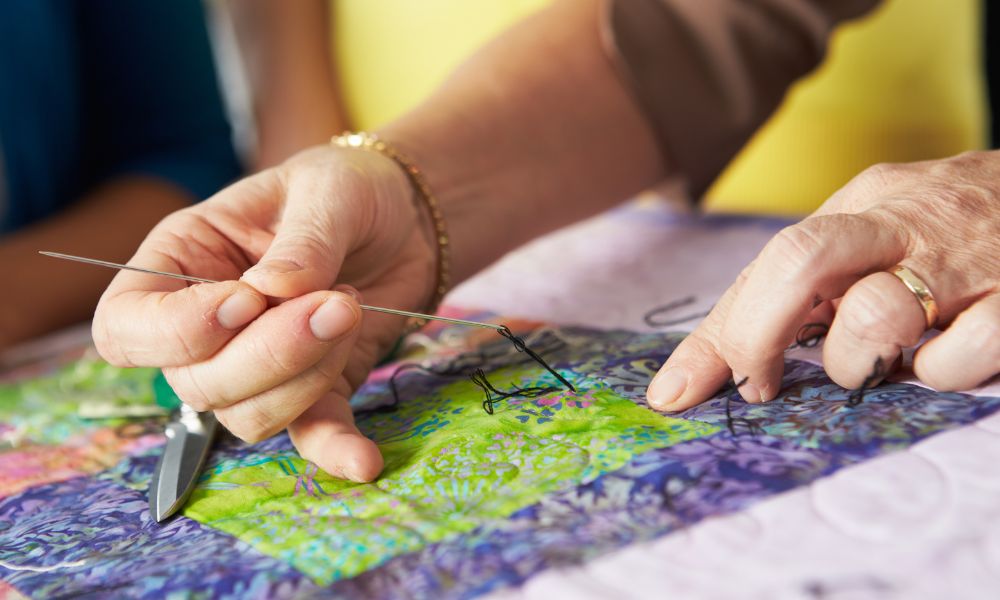
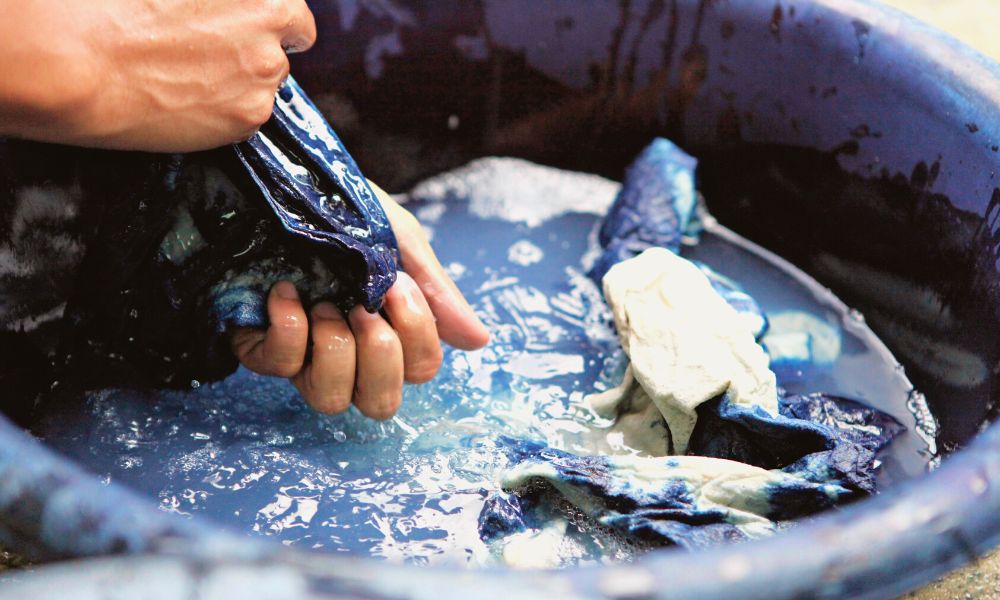
Comments